

Max Davies
How Audi, BMW, Honda, Mercedes-Benz, and Suzuki started out in Australia, and where they are now
6 Hours Ago

News Editor
If you’re the type of person to change cars as frequently as every three years, if you own even the latest Holden it’s time to trade it in.
With the Holden brand shuttered and General Motors instead offering only lower-volume, higher-price vehicles through its GM Specialty Vehicles division, there are no replacements for popular models like the Trax and Commodore.
So, what’s a Holden owner to do? We’ve broken down the entire 2019-20 Holden range and looked at the most logical replacements for each of its models.
A rebadged GMC from the USA, the Acadia was GM’s answer to other large, three-row crossovers developed primarily for the North American market.

Direct competitors, therefore, include the American-made Nissan Pathfinder and Toyota Kluger, as well as the Korean-built Hyundai Palisade.
On paper, the Pathfinder appears the most obvious replacement for your Acadia.
Like the Holden, it’s offered exclusively with a naturally aspirated V6 engine, though it’s now an all-wheel drive proposition as Nissan has axed more affordable front-wheel drive versions due to supply issues.


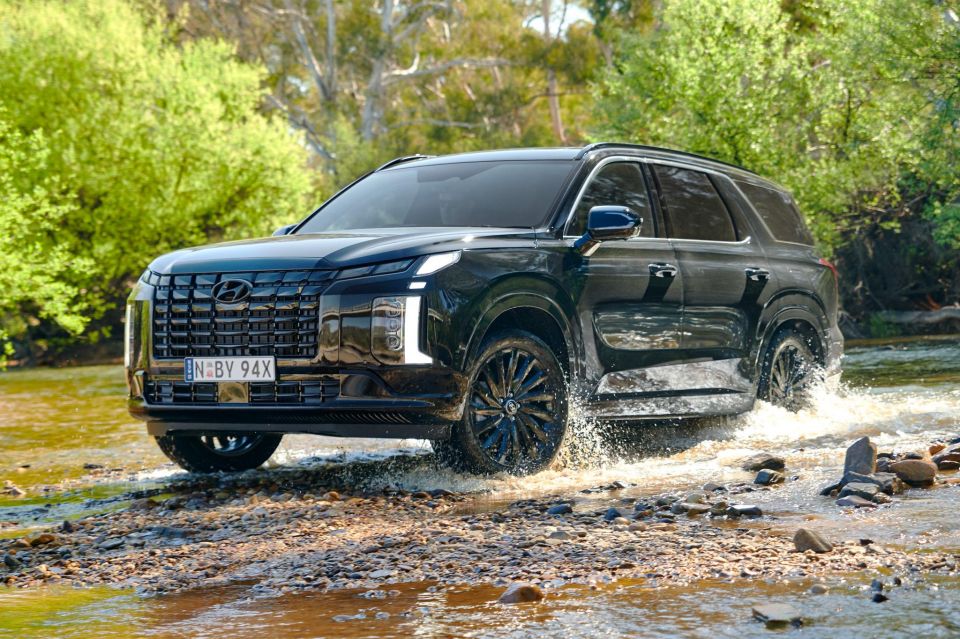
The Toyota Kluger no longer offers a V6, but in its place is a punchy turbocharged four-cylinder engine. You can also specify a more efficient hybrid four-cylinder powertrain, which will likely use much less fuel than your Acadia.
The Hyundai Palisade offers bluff, brash styling that should be right up your alley if you like American-style SUVs. It has a petrol V6 as standard, though this can only be had with front-wheel drive.
If you want an all-wheel drive Palisade, a turbo-diesel four-cylinder engine – something the Acadia never offered – is mandatory in Australia.
With the Ford Focus gone and the Honda Civic and Volkswagen Golf more expensive propositions than before, there are fewer obvious replacements for your Astra.
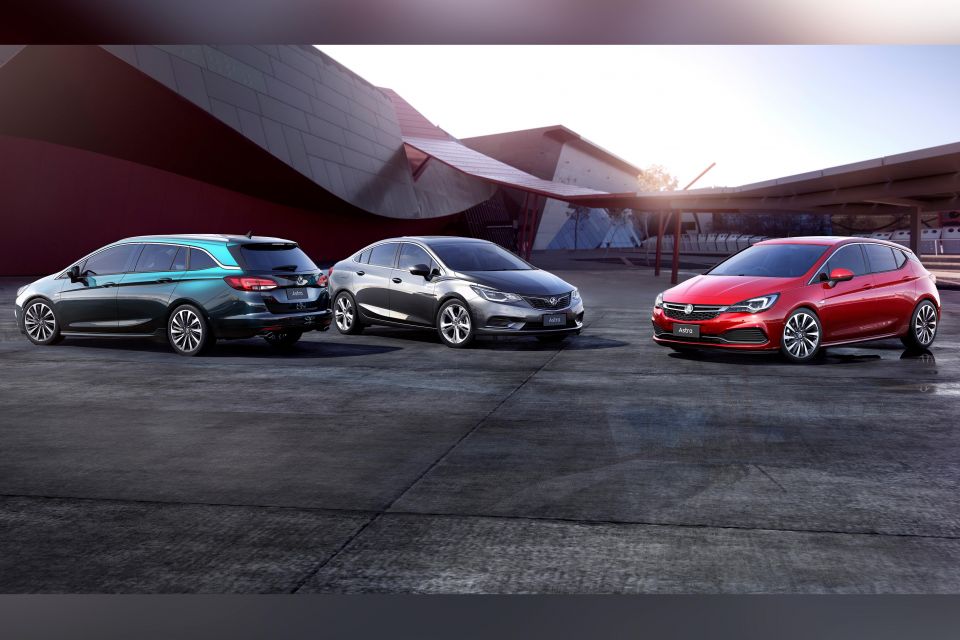
The final generation of Astra sold in Australia was actually two different vehicles: a hatch and wagon sourced from Opel in Europe, and a sedan sourced from GM Korea that was known in most markets as the Chevrolet Cruze.
All used the same platform, however, and all featured turbocharged four-cylinder power.
Astra wagon buyers, you’re out of luck. Affordable wagons are essentially dead: the Volkswagen Golf wagon is being retired this year, leaving just a single Mazda 6 variant as the only wagon under $40,000.
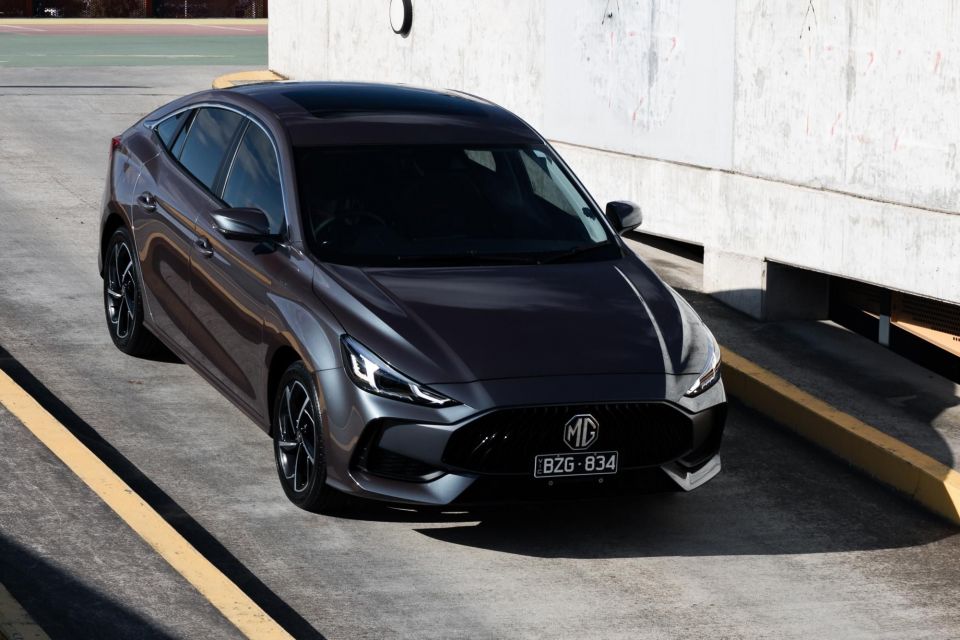
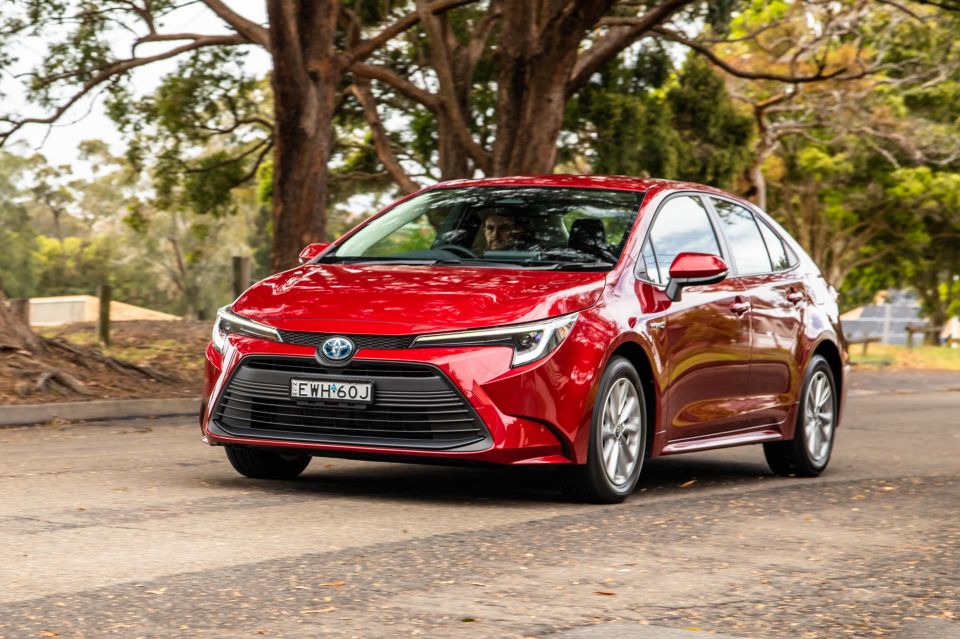
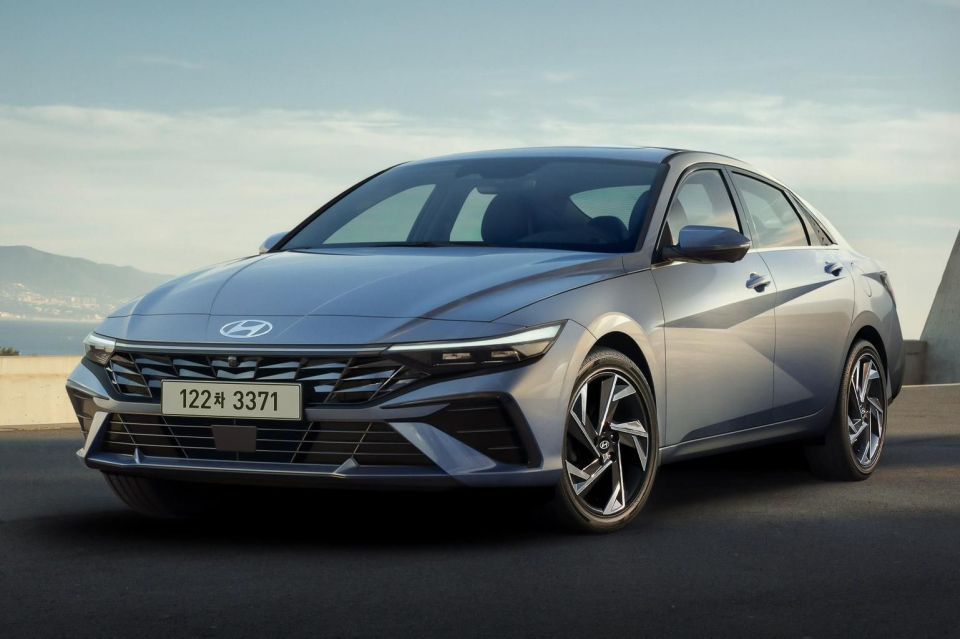
Though sedans are declining in popularity, there are still plenty in this segment. In fact, there’s one new option this year in the shape of the new MG 5, which offers turbocharged power in top-spec Essence guise as well as a sharp $28,990 drive-away price tag.
Sedans can be found in the Hyundai i30, Kia Cerato, Mazda 3 and Toyota Corolla line-ups, but only the two Koreans can be had with turbocharged power – and in the case of the Cerato, you’ll need to pony up for the top-spec GT at $38,390 drive-away.
If you’re coming out of an Astra hatch, there are also hatchback versions of the i30, Cerato, 3 and Corolla, but again it’s only the Koreans that offer turbocharged power.
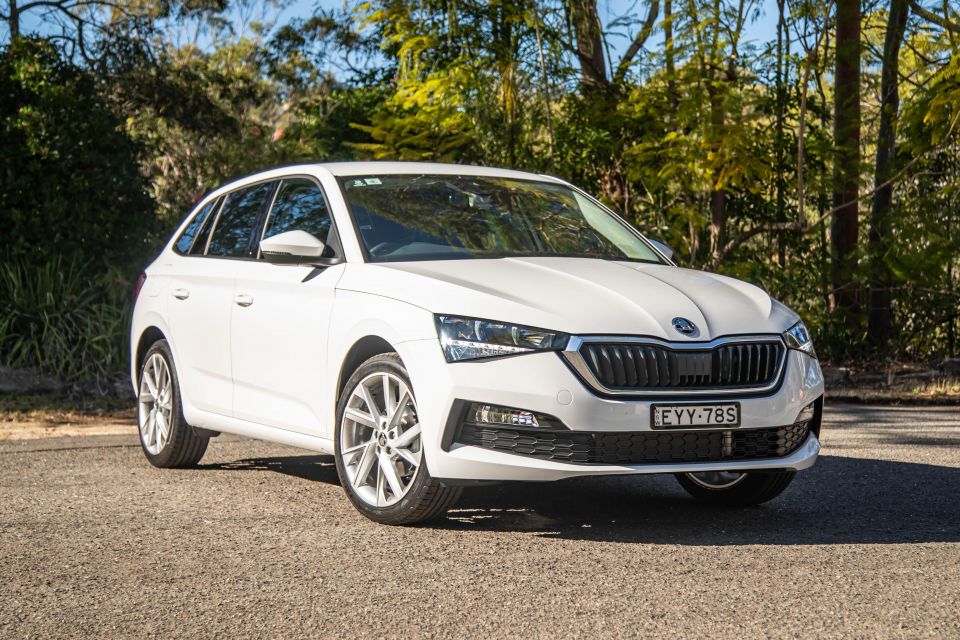
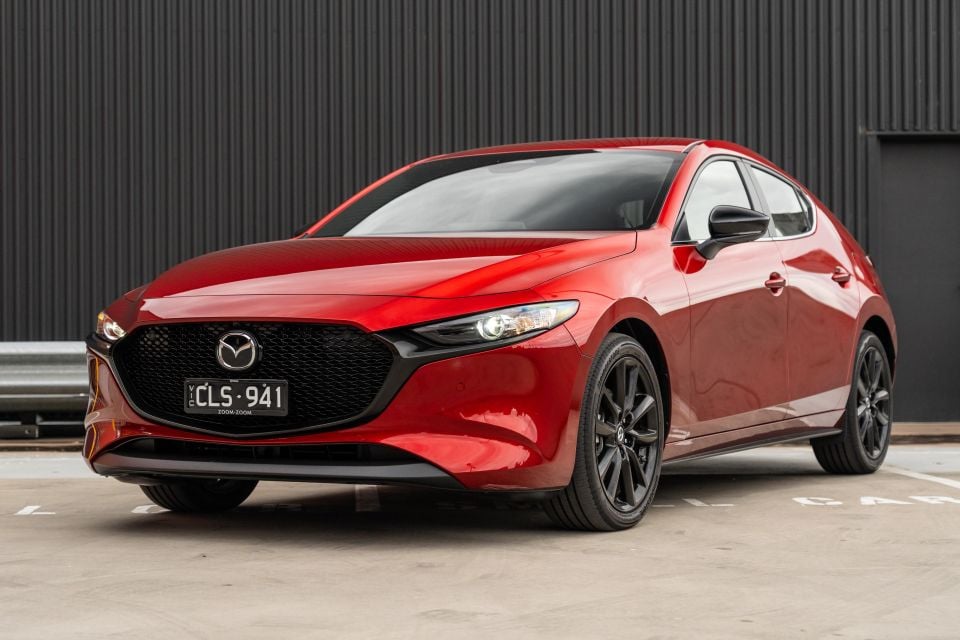
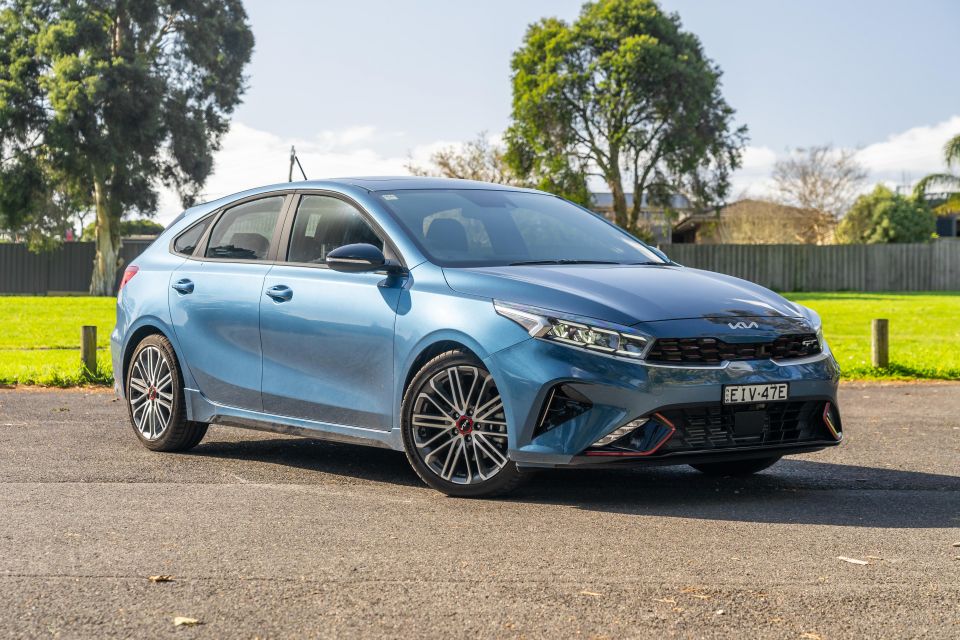
Owners of Astra models with the gutsy 147kW/280Nm 1.6-litre turbo will want to look at the Cerato GT or i30 N Line models with their 150kW/265Nm 1.6-litre turbo, or an up-spec Mazda 3 with the 138kW/252Nm atmo 2.5-litre four.
But perhaps the most conceptually similar vehicle in this segment to the defunct Astra hatch is the Skoda Scala. Costing thousands less than a Golf or Cupra Leon, the Scala – like the Astra – hails from Europe and, though it shares its platform with the smaller Volkswagen Polo, it’s properly roomy inside.
It also offers turbocharged power, if not anything quite as powerful as the old 1.6-litre Astra: you’ve got a choice of a 1.0-litre three-pot with 85kW and 200Nm, or a 1.5-litre four with 110kW and 250Nm. The latter’s outputs are almost identical to the Astra’s 1.4T.
Given the Colorado shared its platform with the previous-generation Isuzu D-Max, the latest generation of that Thai-built Japanese ute would be a logical replacement.
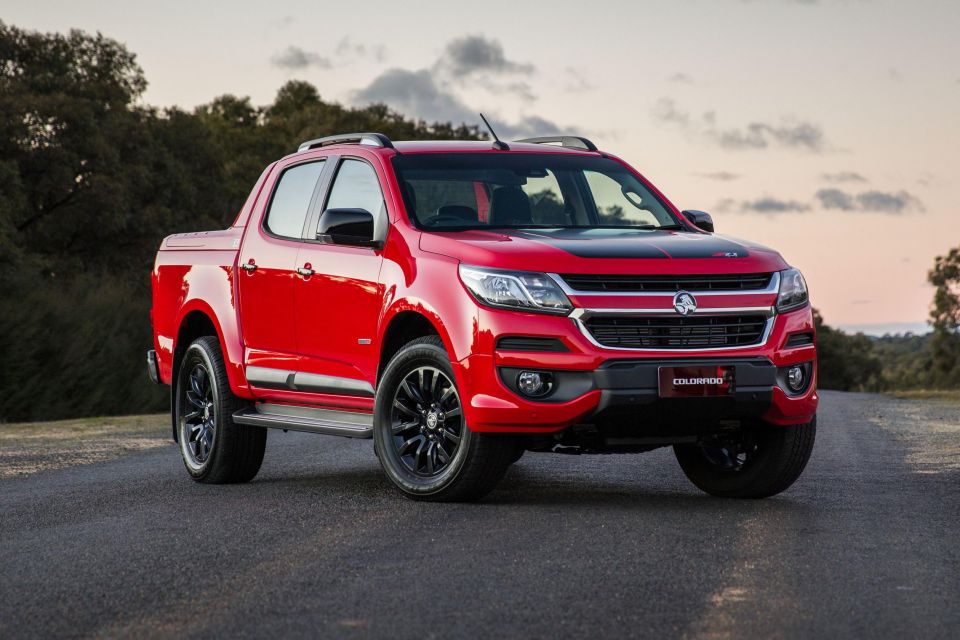
If the D-Max’s styling isn’t to your taste, the same basic vehicle can also be found in Mazda showrooms where it wears the BT-50 nameplate and features dramatically different front end styling.
Whether you’re looking at the Isuzu or Mazda, you have a choice of 1.9-litre or 3.0-litre turbo-diesel four-cylinder engines.
These produce 110kW/350Nm and 140kW/450Nm, respectively, with the latter stacking up well against the Colorado’s 2.8-litre that put out 147kW and 440Nm (500Nm in the auto).

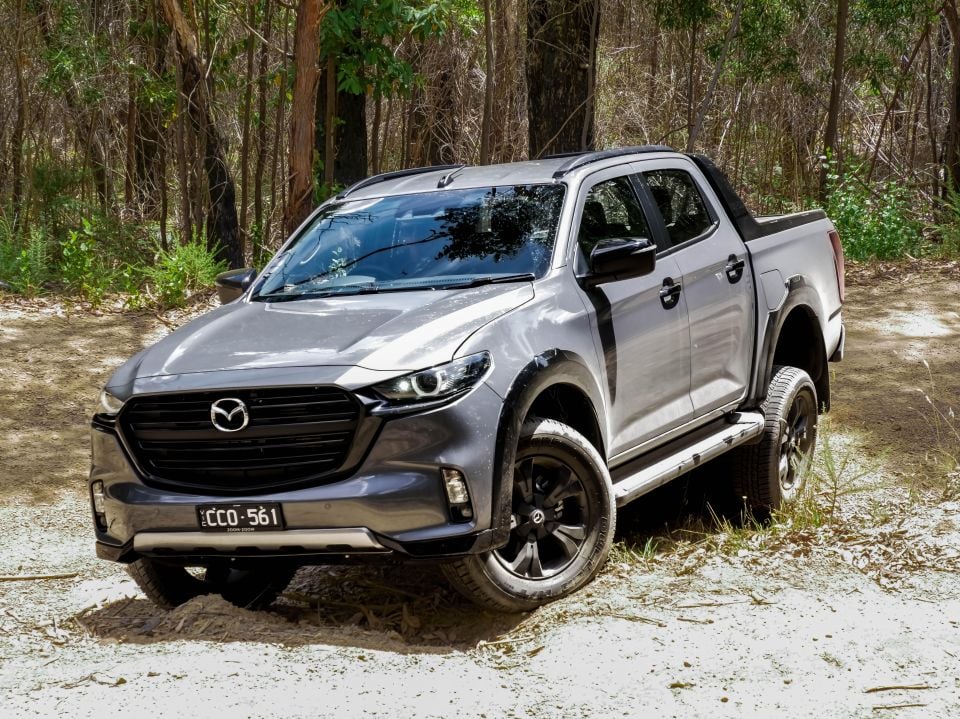
There are also the top-selling Toyota HiLux, Ford Ranger and Mitsubishi Triton, the latter of which is being replaced with a new-generation model in 2024.
Other options include the Nissan Navara and Volkswagen Amarok, and the value-priced GWM Ute, LDV T60 Max and SsangYong Musso.
Most vehicles in this segment boast a 3.5-tonne braked towing capacity like the Colorado did, though there are some exceptions – the GWM Ute and outgoing Triton, for example, as well as some versions of the HiLux.
The most logical replacement for owners of the old, Australian-built and engineered VF II Commodore was arguably the recently departed Kia Stinger.
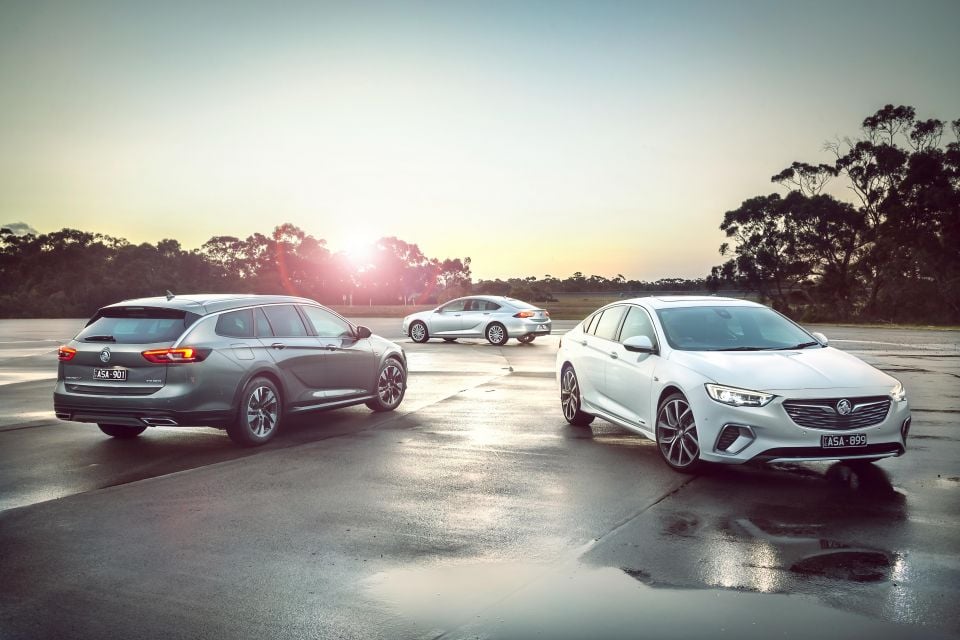
But if you own a German-built ZB Commodore, a slightly smaller, front- or all-wheel drive hatch and wagon, there’s more in the way of obvious replacements.
Not that many more, mind you, as the local medium and large passenger car segments continue to shrink.
The wagon-only Volkswagen Passat is being retired from Australia this year, but the larger Skoda Superb hatch and wagon range stacks up as a logical replacement for owners of the ZB Commodore – though the big Czech actually predates the departed Holden, with a replacement due in Australia late in 2024 or early in 2025.
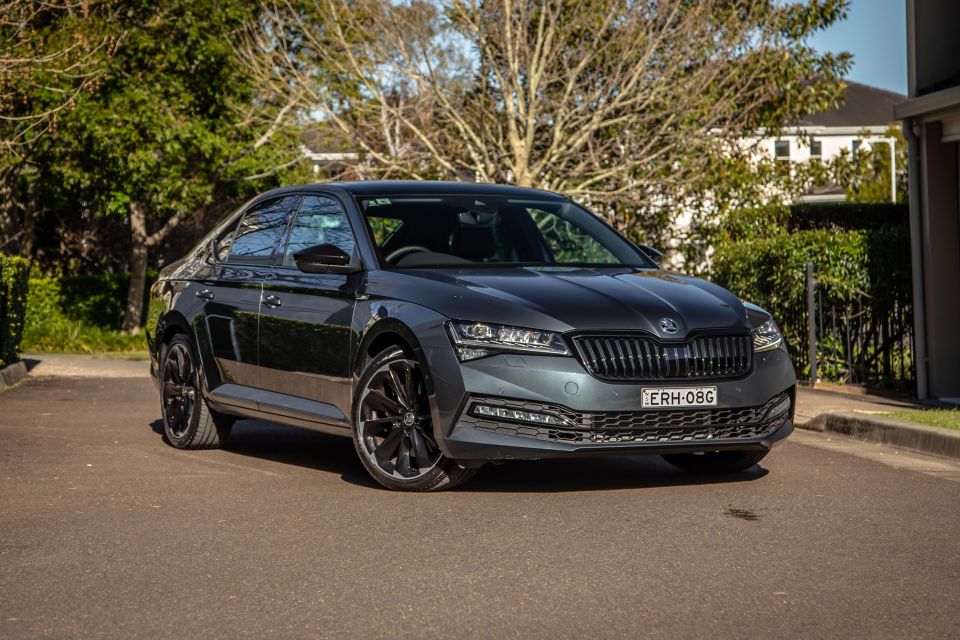

The Superb is now offered exclusively in 206TSI guise, with a 206kW/350Nm turbocharged 2.0-litre four-cylinder engine and all-wheel drive. That makes it a logical replacement if you own one of the 235kW/381Nm V6 all-wheel drive ZBs.
If you own a V6-powered ZB Calais Tourer, which appeared to be introduced in response to the Subaru Outback, then the high-riding Japanese wagon may be to your taste – particularly now that it offers a 183kW/350Nm turbocharged 2.4-litre four-cylinder engine. Alternatively, you may want to get one of the last Passat Alltracks in Australia.
Like the Superb, the Mazda 6 pre-dates the ZB Commodore but it offers an optional turbocharged 2.5-litre four-cylinder engine and a choice of sedan or more practical wagon body styles. It’s front-wheel drive-only, however.
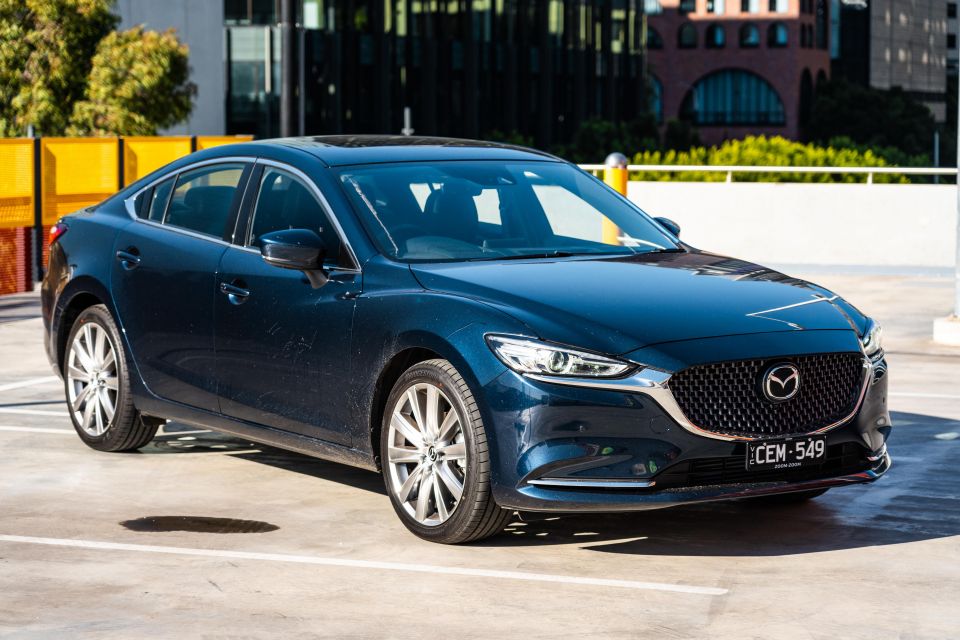

It may lack the outright practicality of the departed ZB Commodore hatch, but the Hyundai Sonata may also interest you if you’re SUV-averse. It comes exclusively in turbocharged 2.5-litre four-cylinder N Line guise in Australia, with a bold-looking update in showrooms this month.
We would have suggested that classic mid-sized stalwart, the Toyota Camry, but only the base naturally aspirated 2.5-litre Ascent is currently available, with the company pausing orders of its in-demand hybrid models.
If your Equinox is coming up to trade-in time and you want a new mid-sized SUV, you have a dizzying array of options to consider.
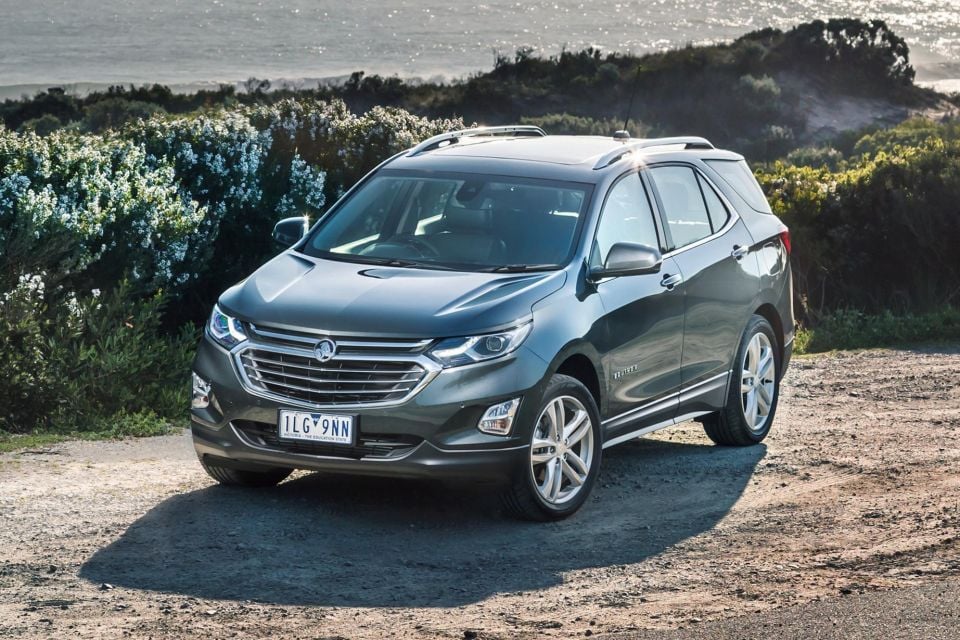
The defunct mid-sizer, a rebadged Chevrolet built in Mexico, offered a choice of three turbocharged four-cylinder engines: a 1.5-litre petrol with 127kW and 275Nm, a 1.6-litre diesel with 100kW and 320Nm, and a 2.0-litre petrol with 188kW and 353Nm.
The most logical replacement for an Equinox is arguably the Ford Escape, another crossover developed with the North American market in mind and one also offering a powerful 2.0-litre turbo. But Ford Australia is pulling the plug on it this year, so that means we must look elsewhere.
It ultimately depends on what is most important to you.
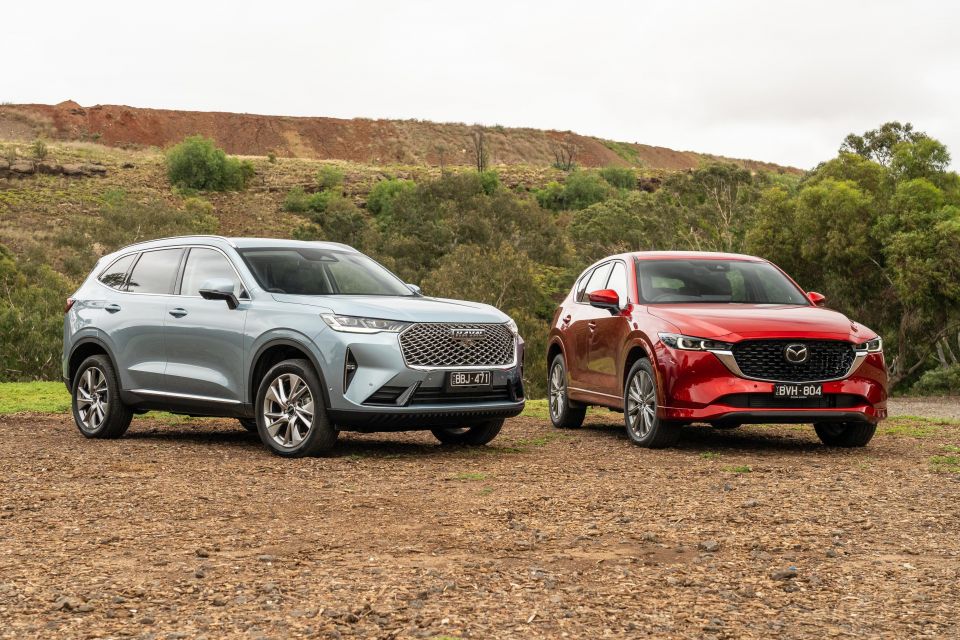
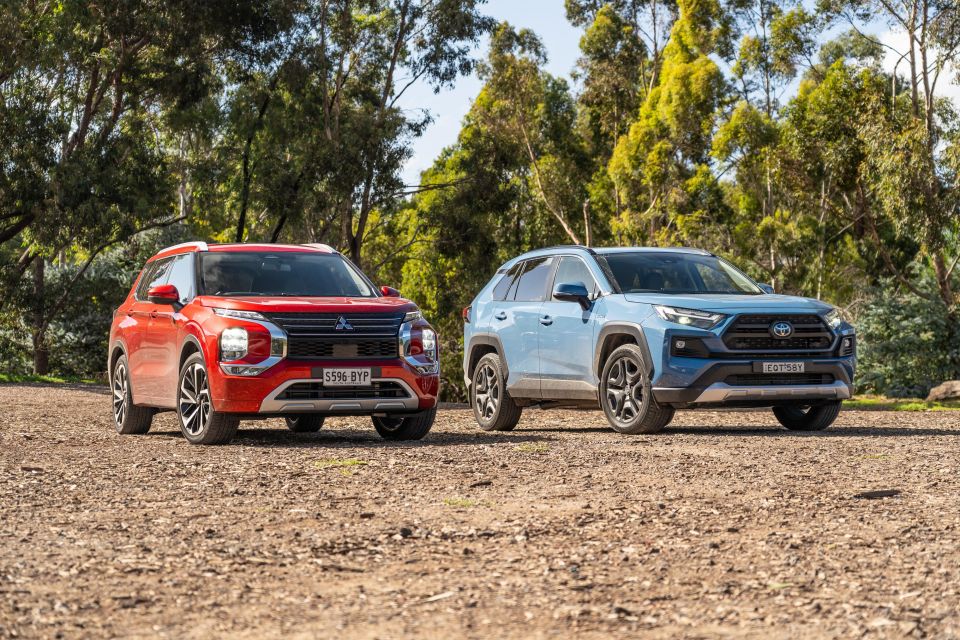
The Honda CR-V, Hyundai Tucson, Kia Sportage, Mitsubishi Outlander, Nissan X-Trail, Subaru Forester, Toyota RAV4 and Volkswagen Tiguan are among the most spacious in this segment, with the CR-V, Outlander and X-Trail also offering the option of a third row of seating – something the Equinox lacked.
The GWM Haval H6, Honda’s CR-V and ZR-V, Mazda CX-5, MG HS, SsangYong Korando and the Tiguan, Tucson and Sportage all offer turbocharged power, with the two Koreans also offering the option of turbo-diesel engines.
The Equinox was a good steer, and the likes of the CX-5 and Tiguan will appeal to those looking for a more dynamic drive. But those looking for the sharpest price will want to look at the HS, H6 or the oft-overlooked Korando.
As the SUV spinoff of the Colorado ute, the Trailblazer went head-to-head with other ute-based SUVs like the Ford Everest, Isuzu MU-X and Mitsubishi Pajero Sport.
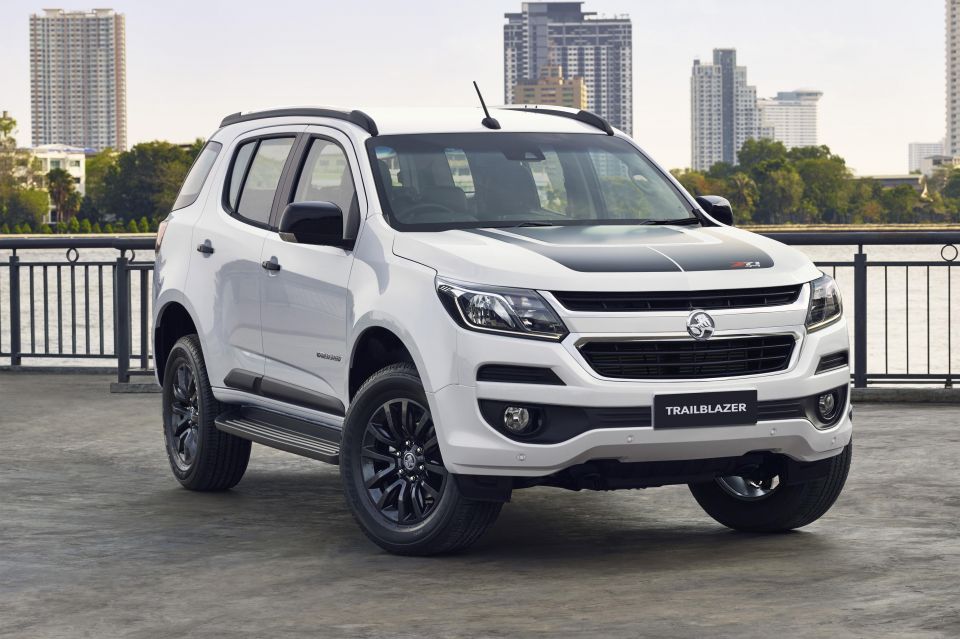
All of these can match (or better) the Trailblazer’s 3000kg braked towing capacity, though only the Everest can match the sheer grunt of the Trailblazer’s Duramax 2.8-litre turbo-diesel four.
The Holden pumped out 147kW and 500Nm, only fractionally less than the 154kW/500Nm outputs of the 2.0-litre bi-turbo diesel four-cylinder engine in the current Everest.
The Ford also boasts the option of a turbo-diesel V6, something the Trailblazer never offered.
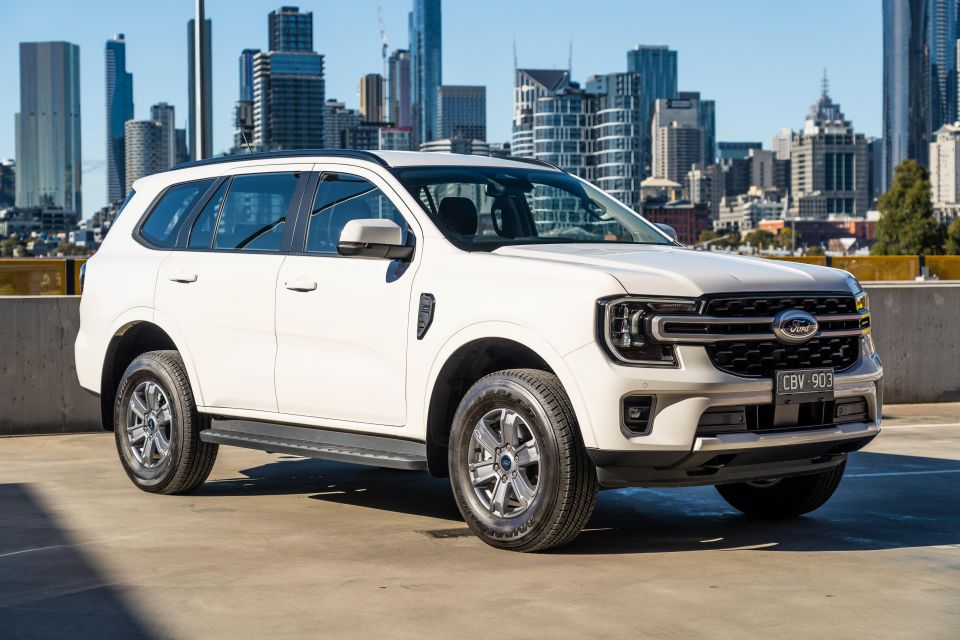
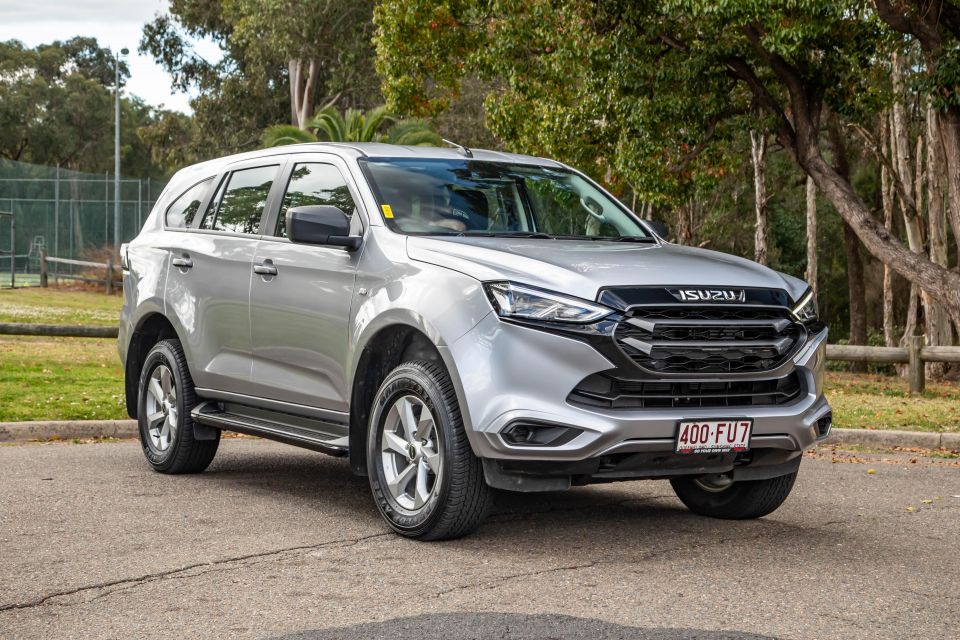
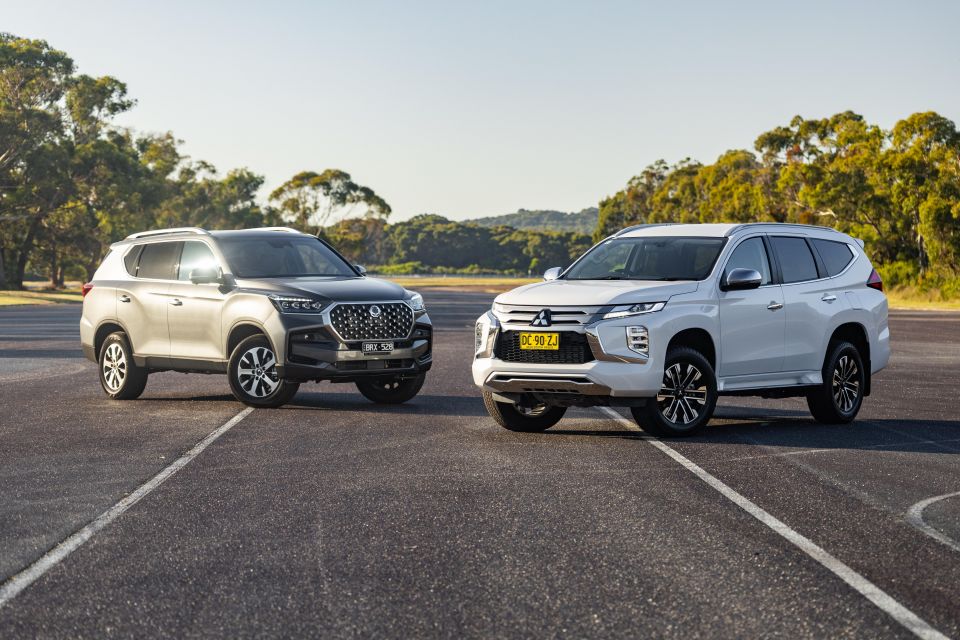
Also present in the Ford but missing from the Holden is a full-time four-wheel drive mode that can be used while driving on the road; this can also be found in the less powerful but more affordable Pajero Sport.
Given the last Colorado was closely related to the last-generation Isuzu D-Max and MU-X, the new MU-X seems a sensible choice. It’s available exclusively with a 3.0-litre turbo-diesel four with 145kW and 450Nm, and like the Trailblazer it has selectable low-range gearing but no 4WD mode suitable for on-road driving.
There are a couple of sharply priced rivals in this segment from challenger brands, too: the LDV D90 and SsangYong Rexton.
As with the Equinox, there’s a glut of potential replacements for you to consider if you’re trading in your Trax from so-called light SUVs like the 4108mm-long Volkswagen T-Cross through to the spacious 4385mm-long “small” Kia Seltos.
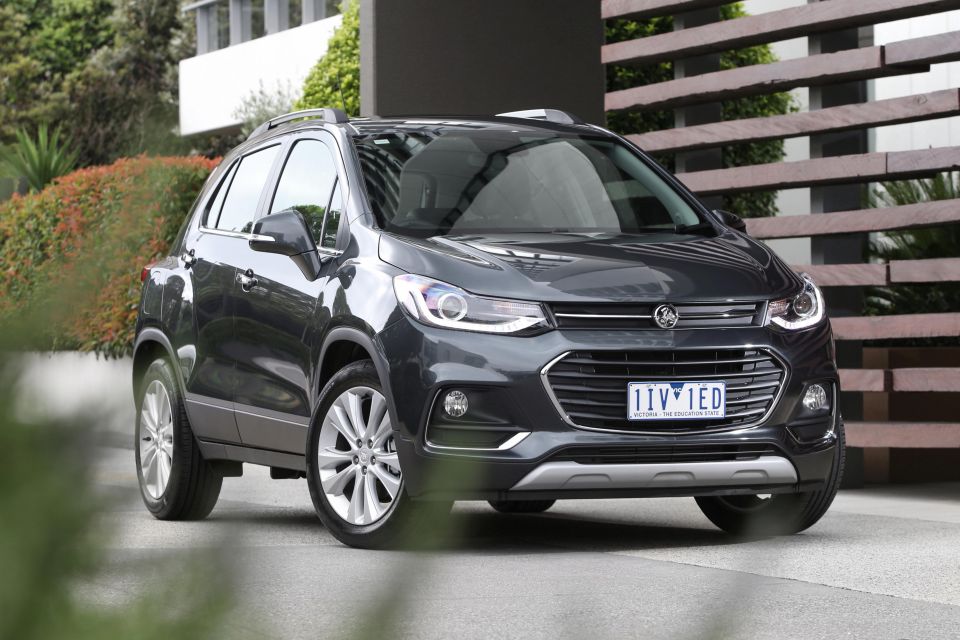
Size-wise, the Trax is smack dab in the middle of these, so you’re looking at at over two dozen models that shape up as a logical replacement. Yikes.
The Trax was always a value-focused vehicle, so the increasing ranks of Chinese crossovers may tempt you: see the Chery Omoda 5, GWM Haval Jolion, and MG ZS and ZST. There’s also the venerable Mitsubishi ASX if a low, low price is a high, high priority.
The well-rounded Hyundai Kona, Kia Seltos and Mazda CX-30 are strong sellers for a reason, while the pint-sized Volkswagen T-Cross and Ford Puma are two European crossovers that are similar to each other on paper but offer two very different flavours.
Where expert car reviews meet expert car buying – CarExpert gives you trusted advice, personalised service and real savings on your next new car.
William Stopford is an automotive journalist with a passion for mainstream cars, automotive history and overseas auto markets.


Max Davies
6 Hours Ago


William Stopford
6 Hours Ago


Derek Fung
6 Hours Ago


Max Davies
14 Hours Ago


William Stopford
1 Day Ago


Ben Zachariah
1 Day Ago